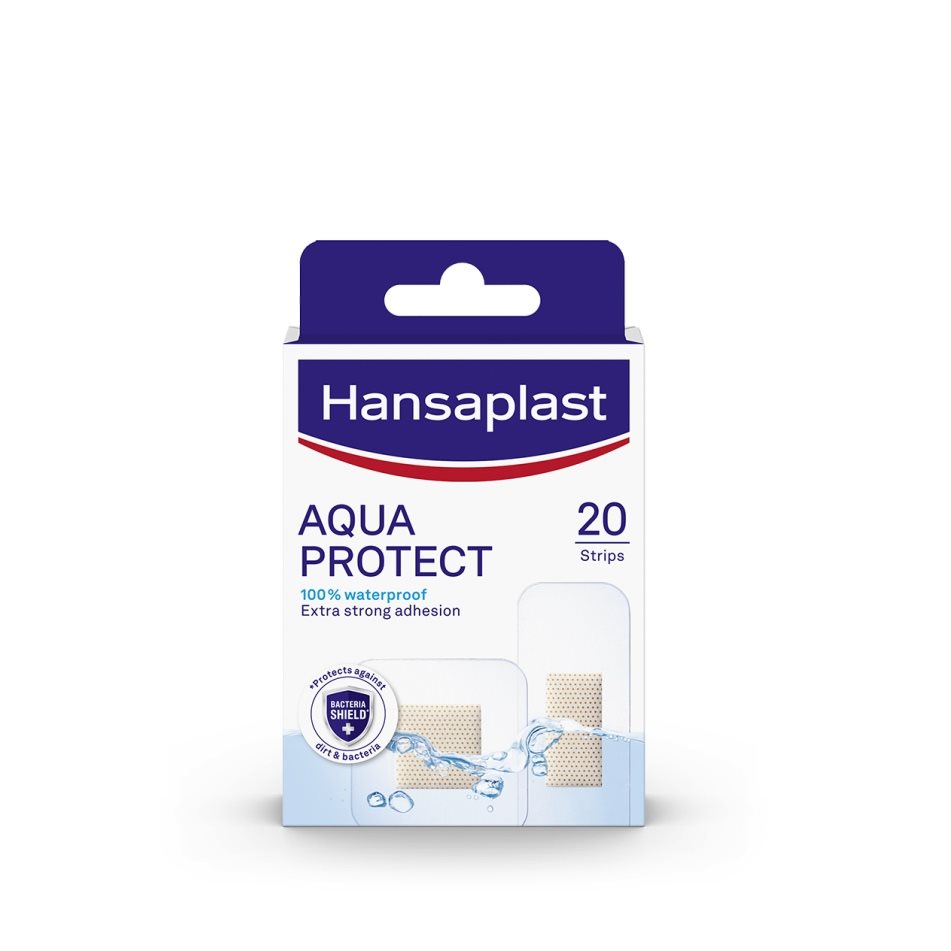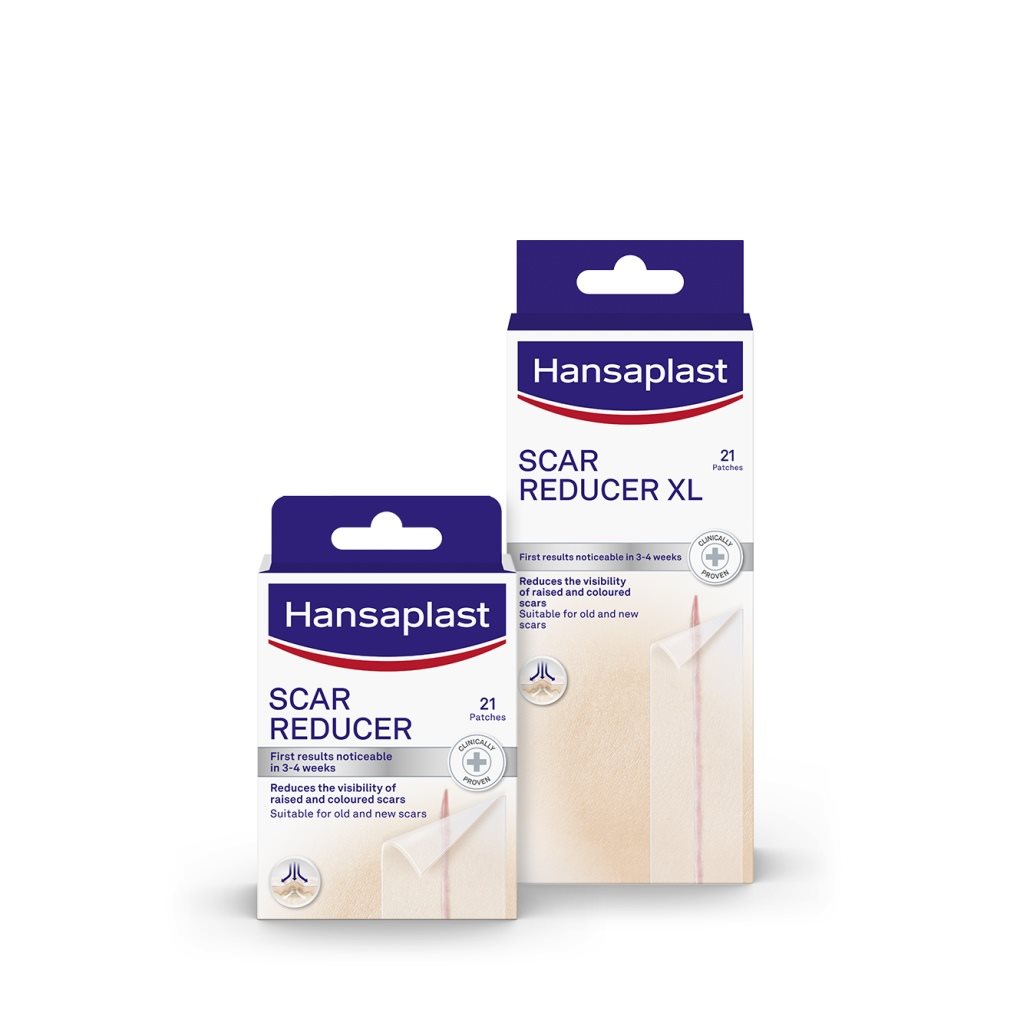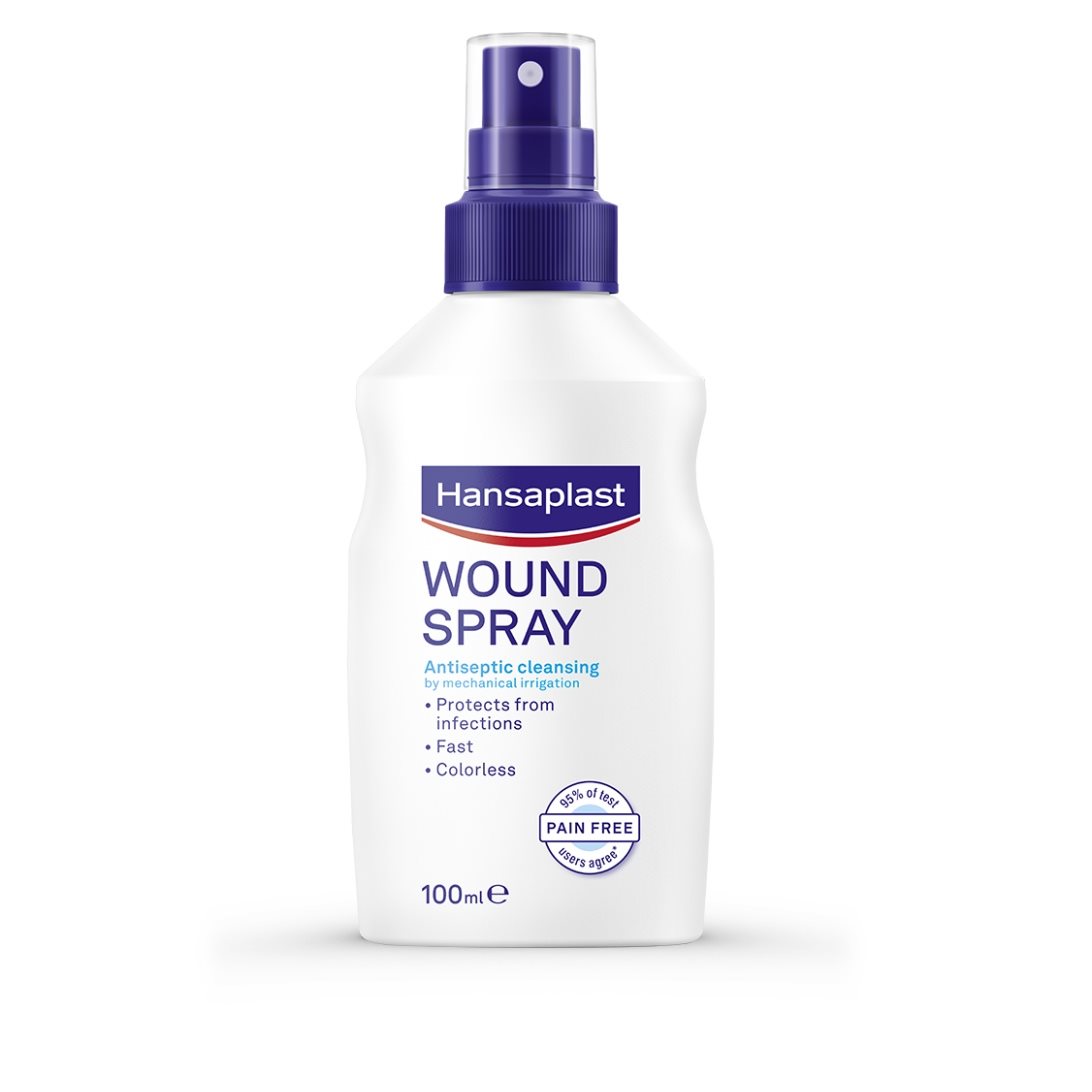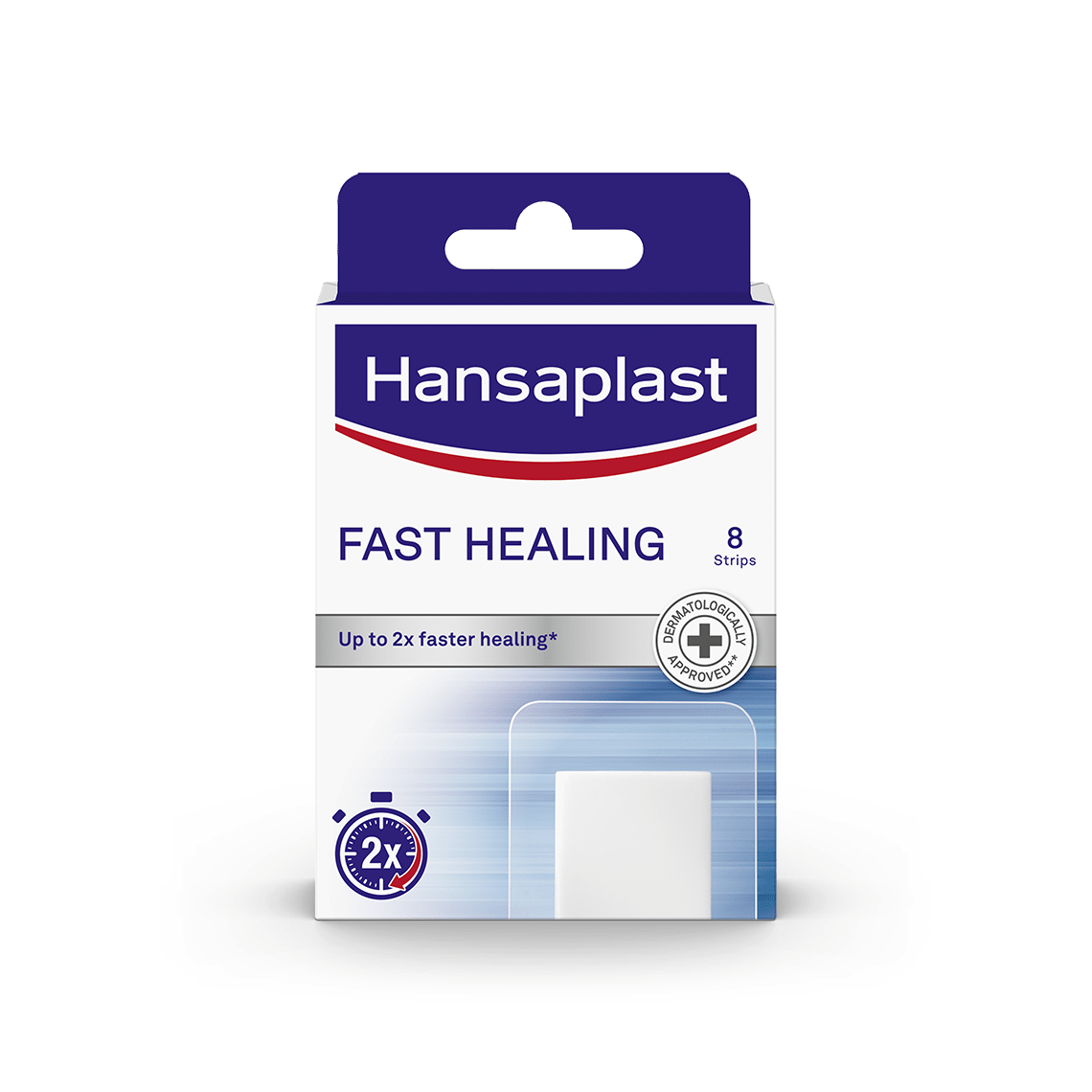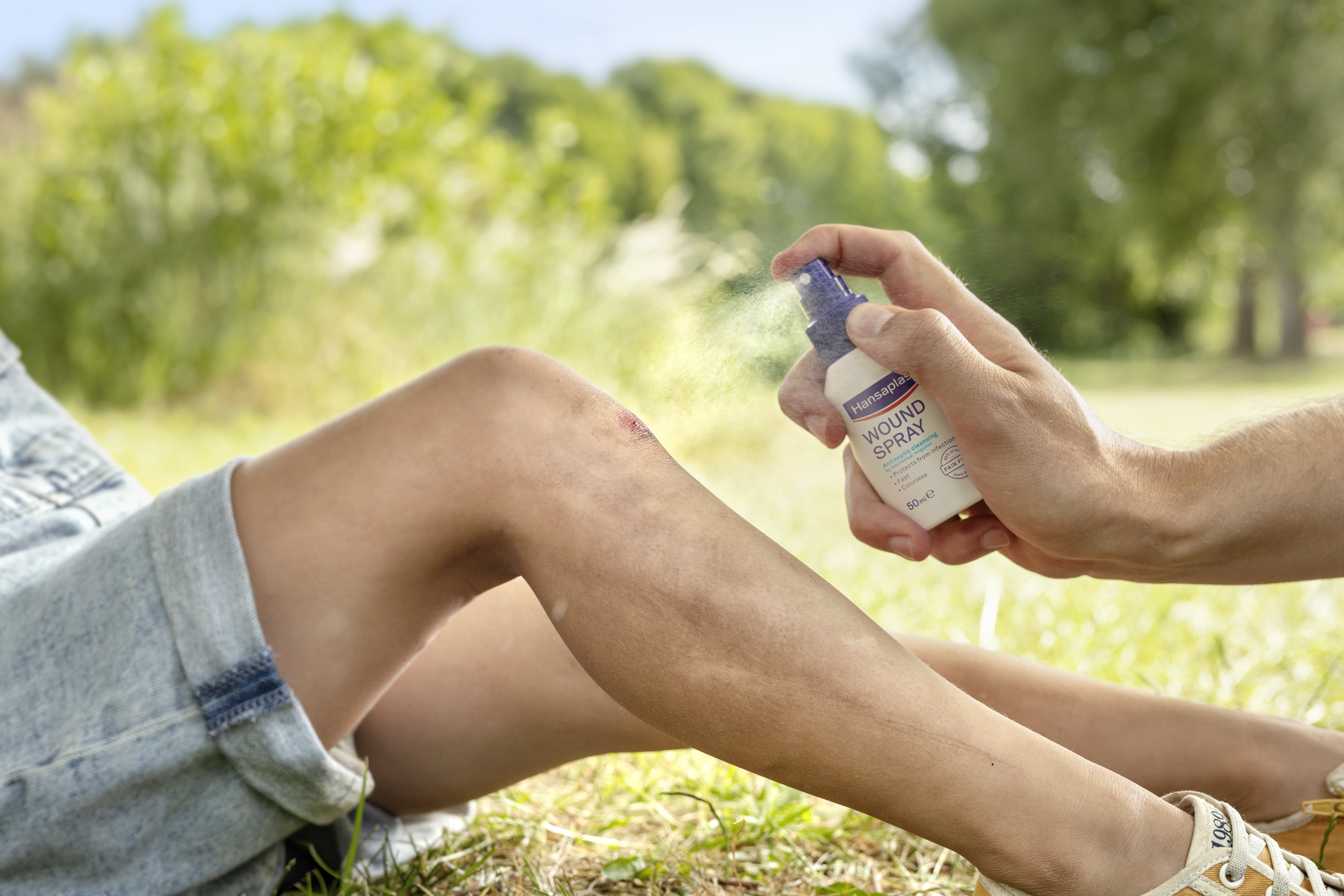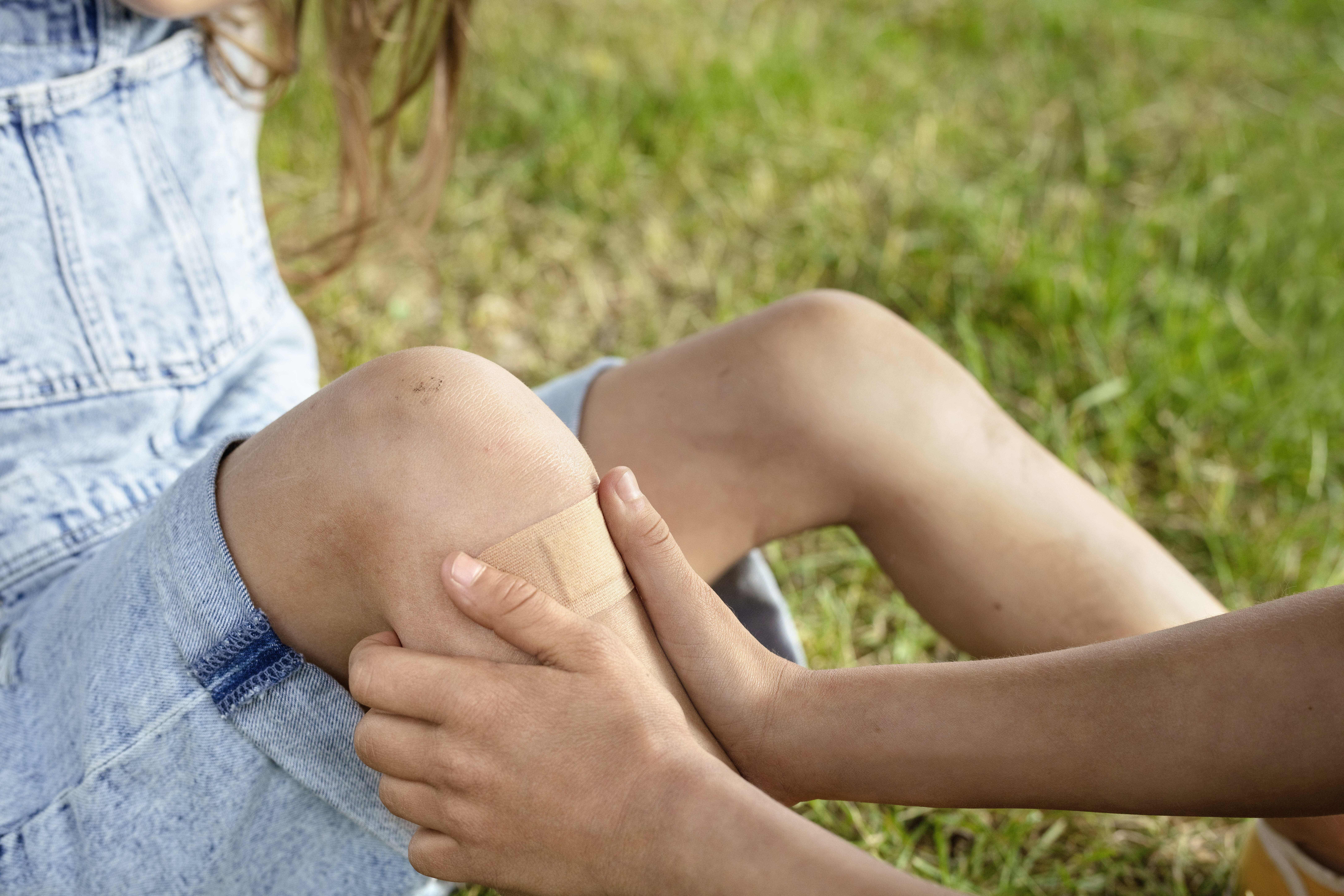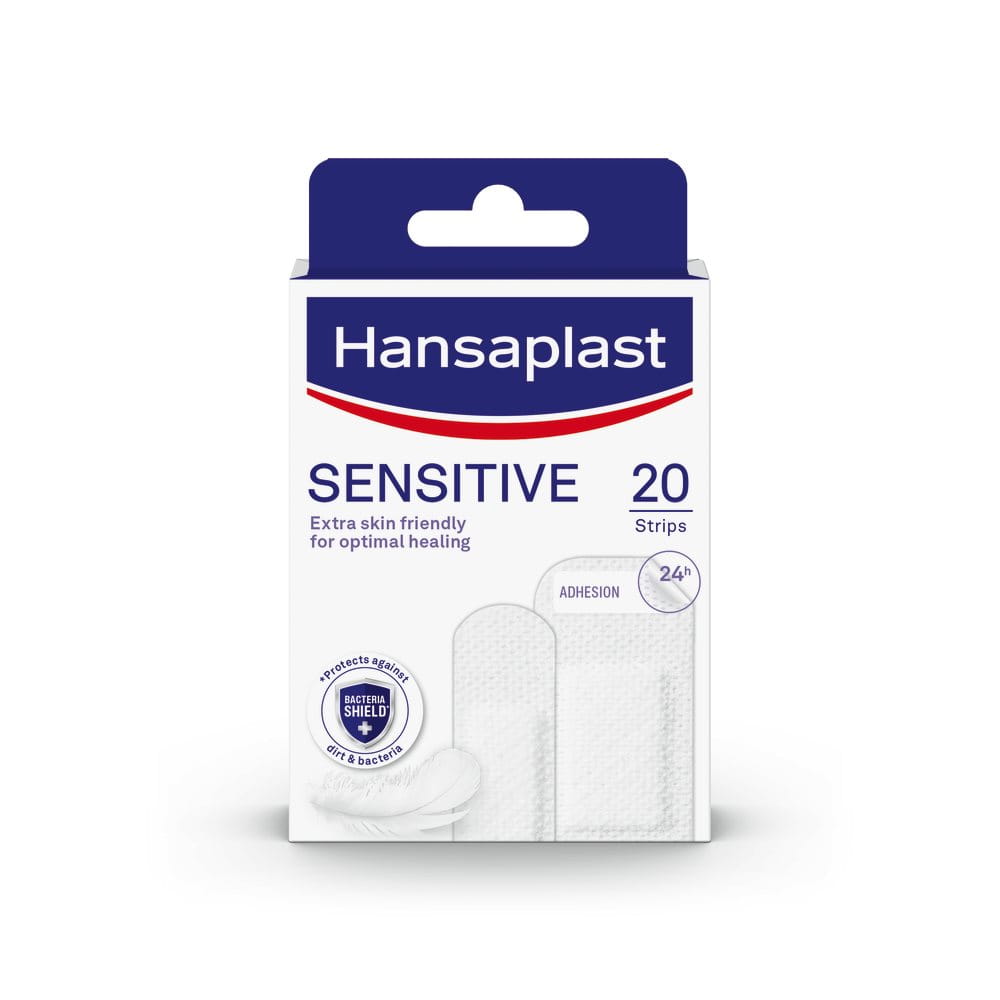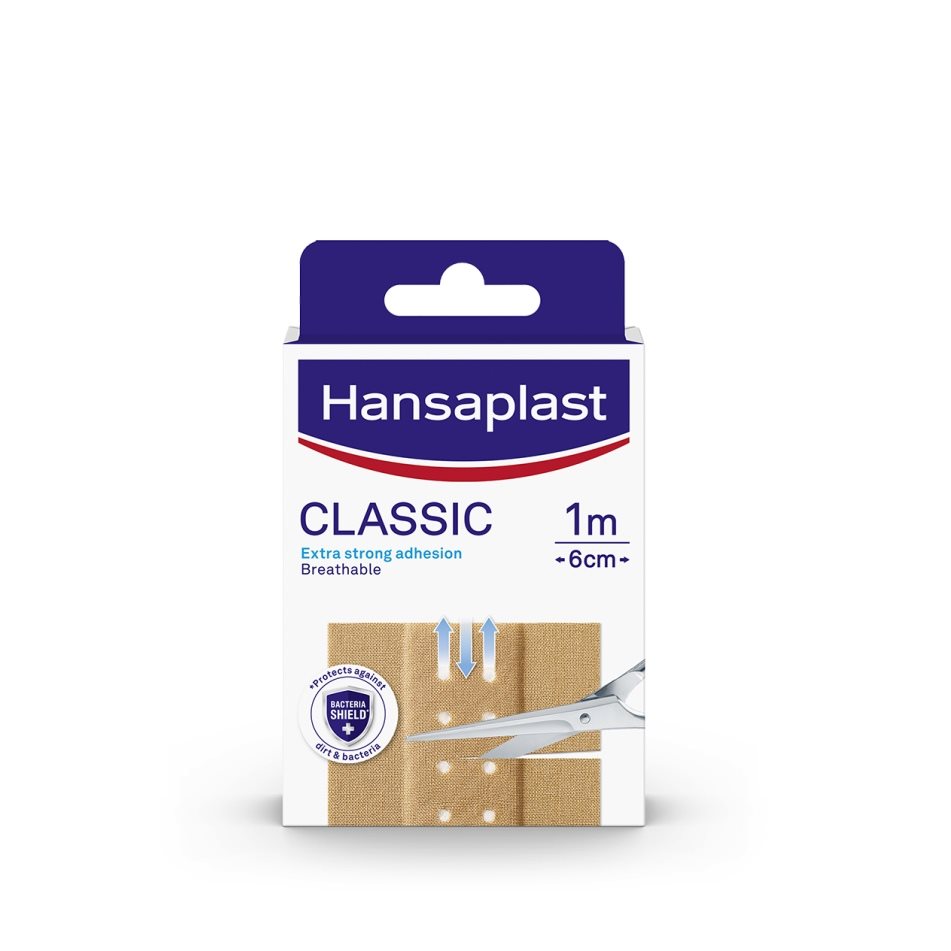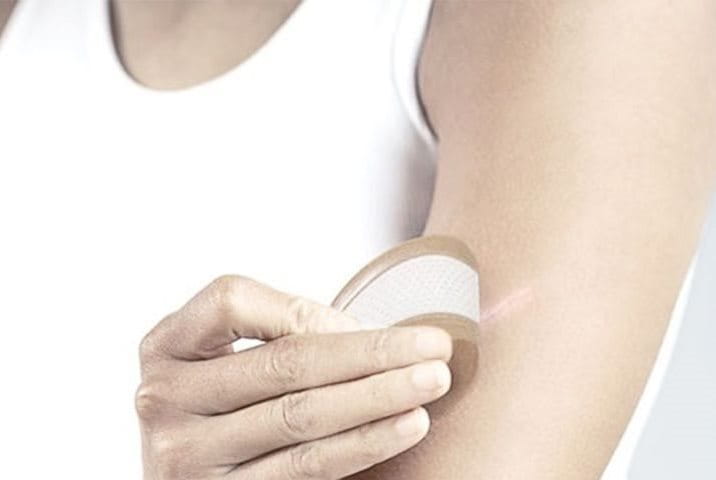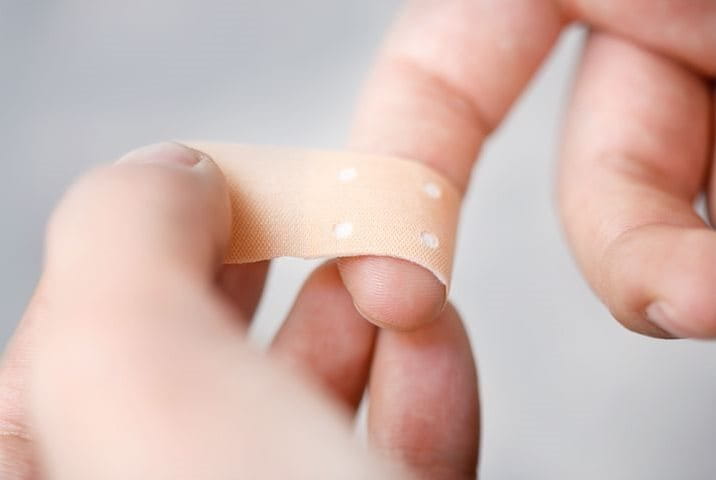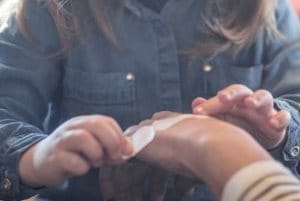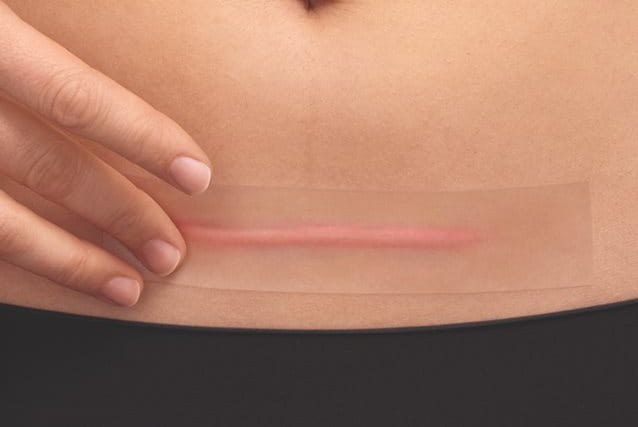* compared to dry wound healing
Fast Healing Plaster
Product Info
Hansaplast Fast Healing
The waterproof and breathable material of the plaster covers and protects the wound against external influences. The wound pad is made of a skin friendly polyurethane material which does not stick to the wound. It selectively absorbs wound fluid while keeping the wound moist, thus accelerating the healing process and reducing the risk of scarring.
The strong adhesion ensures that the plaster stays in place for several days.

Creating moist wound healing conditions with the Fast Healing Plaster.
© Hansaplast
Clinical studies
How To Use
Packaging Size
Product Content
| Product | Type | Size | Quantity | ||||
|---|---|---|---|---|---|---|---|
| Product : |
Fast Healing |
Type: |
|
Size: | 43 x 65mm | Quantity: | 8 Strips |
-
1. How long should I apply Fast Healing?
You can safely leave Fast Healing in place up to several days and should not interrupt the healing process by changing the plaster too often. Provided your wound does not show signs of wound infection, we recommend to leave each plaster in place for at least two days. -
2. Does Fast Healing stick to the wound?
No, it doesn’t. The polyurethane technology ensures that the wound pad does not stick to the wound. Fast Healing adheres only to the area surrounding the wound and not to the wound itself. -
3. May I put Fast Healing on a wound that already has a scab?
Yes, you can. The scab will be softened after some time and removed by Fast Healing. However, the healing process will not proceed as smoothly and the results will not be as good as if you had applied Fast Healing before formation of the scab. -
4. May I apply the Hansaplast Wound Healing Ointment with the Fast Healing Plaster for even better results?
The Hansaplast Fast Healing plaster and Wound Healing Ointment are both aimed at creating moist wound healing conditions, that are proven to accelerate the wound healing process and reduce the risk of scarring. For this reason, we do not recommend to use both products in combination, since they provide similar benefits.
-
5. Should I apply Fast Healing to a heavily bleeding wound?
No, you should not. The absorption capacity of Fast Healing is much better than traditional plasters, but the speed of the absorption is slower. This means that you would have to change Fast Healing too quickly. In a heavily bleeding wound, you first have to stop the bleeding, for instance by firmly applying a gauze dressing to the wound. Afterwards you can apply Fast Healing without needing to change it too often. -
6. Should I use Fast Healing on infected wounds?
No, you should not! If there are signs of infection like extensive redness, heat, itching, pain or burning, you should remove Fast Healing and consult your doctor. He will give advice if the wound needs to be treated with e.g. local antiseptics or systemic antibiotics. The wound has to be inspected regularly. -
7. Can I use Fast Healing if I have sensitive skin or allergies?
Fast Healing is suitable for people with sensitive skin or that show allergies to common wound treatment products. Nevertheless, you should not use Hansaplast Fast Healing in case of allergy to one of the ingredients (e.g. polyurethane, acrylate) of Fast Healing. -
8. Isn’t a moist wound environment a breeding ground for germs and bacteria?
Definitely not! In fact, under moist conditions the bacterial defense mechanisms work more effectively than under a dry scab. Several studies show that there are fewer wound infections under moist conditions! -
9. Is the yellow layer on the wound a sign of infection?
No, it isn’t. The layer consists of necrotic tissue and cells and is necessary for moist wound healing. The appearance of a light yellow fluid on the surface of a light red wound is the normal state of the wound healing process. However if signs of infection like redness, heat, pain, itching or burning should arise, we advise you to remove the plaster and seek medical advice. -
10. Is the formation of a scab necessary for successful wound healing?
No, it isn’t. On the contrary, a scab actually can impair fast wound healing. The scab acts as a natural dressing, but closure of the wound is prolonged, as new cells cannot grow and move as quickly to close the wound compared to a moist wound environment. -
11. How much faster is the healing process in the presence of Fast Healing?
An exact quantification of healing in dry or moist conditions varies individually and depends on the kind and size of the wound. Clinical studies demonstrate that wound healing in a moist environment is accelerated up to 2 times compared to wound dry healing. -
12. How does the Fast Healing plaster create a moist wound environment?
The wound pad of Fast Healing contains polyurethane, a skin-friendly, waterproof and breathable material which generates optimal conditions for moist wound healing. It allows the absorption of wound fluid but leaves essential proteins in the wound. Clinical data demonstrates an up to 2 times faster wound healing process. -
13. Does Fast Healing contain animal derived ingredients?
No, it is free from animal derived ingredients.
